| |
|
|
01.
| The Link |
| |

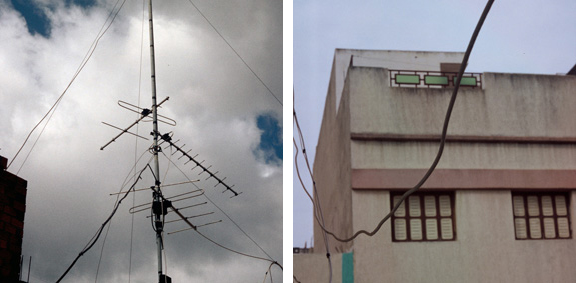
1995, serie of 5 C-print, 40 x 40 cm.
Exhibition view from BRIC-á-brac, Beijing Today Art Museum, 2016, Beijing.
Courtesy of the artist.
Ed. of 5 + 2 A.P.
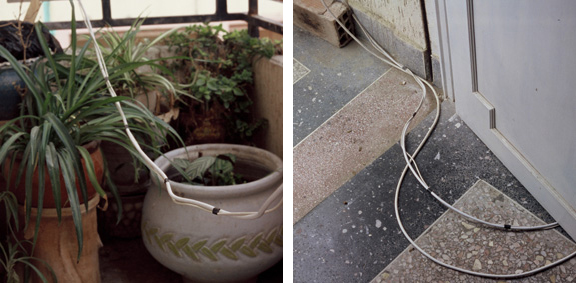
1995, serie of 5 C-print, 40 x 40 cm.
Exhibition view from BRIC-á-brac, Beijing Today Art Museum, 2016, Beijing.
Courtesy of the artist.
Ed. of 5 + 2 A.P.
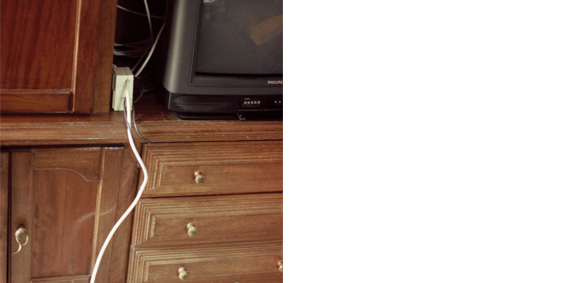
1995, serie of 5 C-print, 40 x 40 cm.
Exhibition view from BRIC-á-brac, Beijing Today Art Museum, 2016, Beijing.
Courtesy of the artist.
Ed. of 5 + 2 A.P.
'' The work is a reflection upon relations in general. It examines what connects individuals to the world and to one another, and questions the nature of what constitutes a link in our societies. ''
Studio Fatmi, July 2017
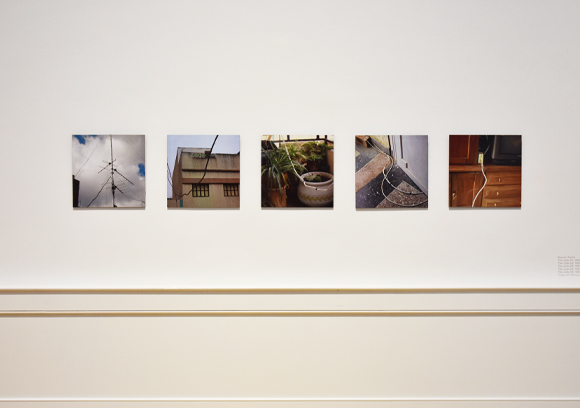
The Link
Exhibition view from BRIC-á-brac, Beijing Today Art Museum, 2016, Beijing.
Courtesy of the artist.
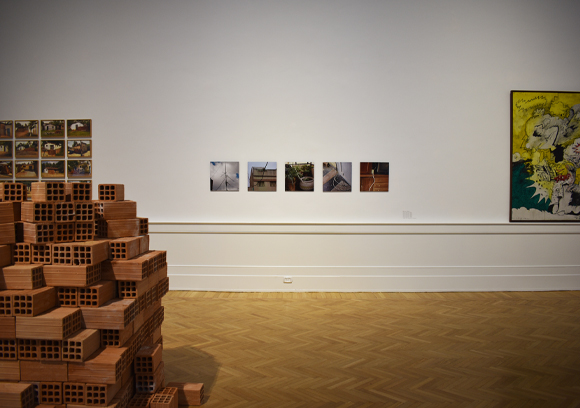
The Link
Exhibition view from BRIC-á-brac, Beijing Today Art Museum, 2016, Beijing.
Courtesy of the artist.
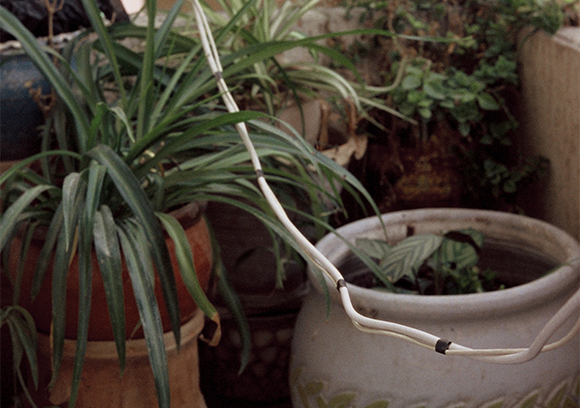
The Link
Exhibition view from BRIC-á-brac, Beijing Today Art Museum, 2016, Beijing.
Courtesy of the artist.
|
|
|
|
|
| Collection of Today Art Museum, Beijing
Le lien est le titre donné par Mounir Fatmi à une série de photographies réalisées au tout début de sa carrière artistique, en 1995. L'œuvre met en scène pour la première fois le câble coaxial blanc qui devient par la suite un des matériaux de prédilection de l'artiste, employé dans de nombreuses œuvres, plastiques et photographiques. Avec Le lien, les photographies prennent pour décor la demeure familiale et suivent le parcours du câble depuis l'antenne fixée sur le toit de la maison, puis à travers l'architecture de cette dernière, entre les meubles et objets qui l'occupent, jusqu'au téléviseur incrusté dans le meuble de salon.
L'œuvre est une réflexion sur la relation au sens large. Elle examine ce qui relie les individus au monde et également entre eux, et s'interroge sur la nature de ce qui fait lien dans nos sociétés. Le lien étudie ainsi les rapports entre un outil de transmission de l'information d'un côté et de l'autre, l'environnement, la famille et l'individu.
Le câble est un élément traversant qui semble ignorer les frontières et passe d'un milieu (l'extérieur) à l'autre (l'intérieur) en courant entre les matières et les éléments les plus divers – aérien, minéral ou végétal... Il est aussi un élément qui relie. Il met par exemple en relation la météorologie et la technologie : " Tanger ma ville natale est la ville du Maroc la plus proche de l’Europe ; et les jours où le ciel est dégagé on arrive à capter la télévision Espagnole" (M.F.). Le câble relie les 2 continents entre eux et connecte les individus au monde : "Même avec beaucoup de parasites sur l’image, c’était un vrai bonheur de voir ce qui se passe dans l’autre continent". Il est ensuite un "membre de la famille" (M.F.). Il pénètre dans l'espace intime de la cellule familiale et se constitue comme le parent médiateur en quelque sorte, celui qui crée le contact avec l'extérieur. Il est enfin un "intrus". Perçu comme un corps étranger dans l'espace domestique et sacré de la famille par certains de ses membres, il est un élément suspect : suspecté de nuire à l'organisation familiale et d'entraîner le désordre.
La série photographique Le lien constitue la première apparition d'un objet destiné à s'autonomiser en tant que matériau plastique des œuvres de Mounir Fatmi. L'utilisation du câble insiste dans le travail de Mounir Fatmi sur la circulation des informations et les connexions crées. Il fait le lien entre la biographie personnelle de l'artiste et son œuvre et entre l'artiste et le monde.
Studio Fatmi, Juillet 2017. |
|
The Link is the title given by Mounir Fatmi to a series of photographs made at the very beginning of his career, in 1995. This work features for the first time white coaxial cable, which later became one of the artist’s preferred materials, used in many of his works, both plastic and photographic. In The Link, the setting for the photographs is the family home; they follow the trajectory of the cable starting from the antenna on the roof of the house, through its architecture, between the pieces of furniture and the objects that fill it, and all the way to the television set in the living room cabinet.
The work is a reflection upon relations in general. It examines what connects individuals to the world and to one another, and questions the nature of what constitutes a link in our societies. As such, The Link studies the relations between a tool for the transmission of information on one hand and the environment, the family and the individual on the other.
The cable is a transversal element that seems to ignore boundaries and goes from one environment (outside) to another (inside) by running through a great diversity of materials and elements – aerial, mineral and vegetal… It is also an element that connects. For example, it links weather and technology: “Tangiers, my home town, is the closest Moroccan city to Europe; on a clear day, you can receive Spanish channels” (M.F.). The cable links the two continents and connects individuals to the world: “Even with very bad reception, it was a great joy to see what was going on on the other continent.” Furthermore, the cable is a “member of the family” (M.F.). It enters the family’ intimate space and in a way represents the mediator member, the one who provides contact with the outside world. Lastly, it is also an “intruder”. Perceived as a foreign body in the domestic and sacred space of the family by some of its members, it is a suspicious element: suspected of disrupting the organization of the family and of creating disorder.
The photographic series The Link represents the first apparition of an object that would become a staple among plastic materials in Mounir Fatmi’s work. The use of cable in his work insists upon the circulation of information and the creation of connections. It creates a bridge between the artist’s personal biography and his work, as well as between the artist and the world.
Studio Fatmi, July 2017. |
|
|
|